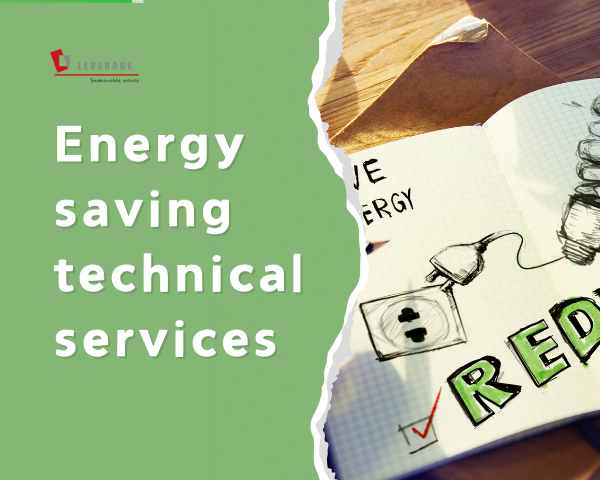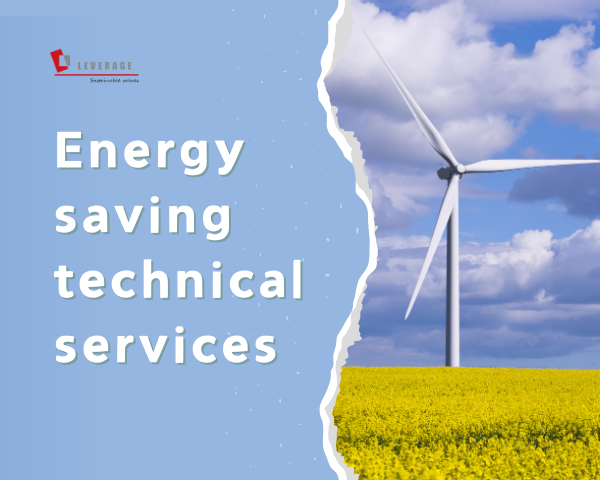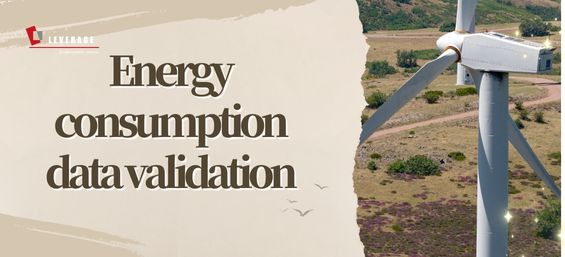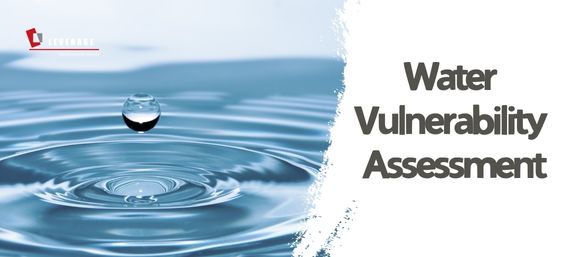

Energy saving technical services
Energy Conservation Assessment
Energy conservation assessment, as a crucial component of the Energy Service Company (ESCO) system, refers to a professional activity that systematically analyzes the rationality of energy utilization in fixed asset investment projects based on energy conservation regulations and standards. This service primarily targets fixed asset investment projects managed by development and reform departments at all levels. It involves preparing energy conservation assessment reports, forms, or filling out energy conservation registration forms to scientifically evaluate a project's energy utilization efficiency. The assessment scope covers the entire project lifecycle, including multiple dimensions such as energy supply conditions, the energy-saving nature of the construction plan, energy consumption and efficiency levels, and the effectiveness of energy-saving measures. Depending on the project's annual comprehensive energy consumption scale, energy conservation assessments are classified and managed accordingly: projects with an annual comprehensive energy consumption of over 3,000 tons of standard coal require the preparation of an energy conservation assessment report; those with 1,000–3,000 tons of standard coal require an energy conservation assessment form; and other projects only need to fill out an energy conservation registration form.

The implementation process of an energy conservation assessment typically includes stages such as preliminary preparation, selection of assessment methods, project energy conservation assessment, conclusion formation, report preparation, and refinement. During the preliminary preparation stage, basic information such as the project construction unit's details, project overview, energy usage, and the local climate characteristics and socio-economic conditions of the project location must be collected. In terms of assessment methods, various technical approaches are commonly employed, including policy-oriented judgment, standard specification comparison, expert experience judgment, product single-consumption comparison, unit area indicator method, and energy balance analysis. The appropriate combination of methods is selected based on the project's characteristics. The conclusions formed after the assessment serve as a prerequisite for project approval, ratification, or commencement of construction. They also become critical references for project design, construction, and final acceptance, playing a key role in controlling energy waste from the source.
The technical requirements for energy conservation assessments are highly rigorous. They involve a comprehensive analysis of the types, sources, and consumption of energy used in the project, an evaluation of energy processing, conversion, and utilization efficiency, and the calculation of key indicators such as energy consumption per unit product and per unit output value. These indicators are compared with advanced domestic and international levels. Particular attention must be paid to the energy-saving design in the project construction plan, including energy efficiency evaluations of the process plan, overall layout, energy-using processes, and equipment selection, ensuring compliance with national mandatory energy conservation standards and industry design specifications. With the advancement of the "dual-carbon" goals, energy conservation assessment services are gradually strengthening their analysis of renewable energy utilization and carbon emission impacts, promoting the development of green and low-carbon projects.
Energy Audit
Energy audit is another core business in energy conservation services. It involves a comprehensive inspection and analysis of an energy-using unit's energy system to identify energy efficiency improvement opportunities and propose corrective measures. Unlike energy conservation assessments, which focus on preventive evaluation during the pre-construction phase of a project, energy audits primarily target already operational energy-using units, helping them optimize existing energy usage efficiency. Energy audits are categorized into two levels based on depth: preliminary energy audits and detailed energy audits. Preliminary audits quickly diagnose and identify major energy-saving opportunities, while detailed audits involve more in-depth data collection and analysis, providing precise energy-saving recommendations and investment return predictions. The audit content typically covers the energy management status of the energy-using unit, energy metering and statistical systems, energy consumption structure, energy efficiency of major energy-using equipment, and energy-saving potential analysis.
The implementation of an energy audit follows a scientific and rigorous workflow, primarily including four stages: planning and organization, on-site diagnosis, current status and energy-saving analysis, and report preparation. During the planning and organization stage, a professional audit team must be formed, an audit plan developed, audit boundaries (including organizational and operational boundaries) defined, and basic enterprise data collected. The on-site diagnosis stage involves in-depth visits to the production front lines to comprehensively understand the actual energy usage situation through methods such as process flow diagnosis, key energy-using equipment testing, on-site energy management inspections, and interviews with key employees. The audit team typically uses specialized portable energy efficiency diagnostic instruments to conduct on-site tests of electrical parameters, environmental parameters, temperature and pressure parameters, and flow parameters, obtaining first-hand energy efficiency data. The current status and energy-saving analysis stage is the core of the energy audit, conducting in-depth analysis from four dimensions: structural energy savings, technical energy savings, management energy savings, and behavioral energy savings. It distinguishes between theoretical energy-saving potential and apparent energy-saving potential, providing a scientific basis for subsequent recommendations.
The energy audit report, as the final deliverable, not only includes an objective evaluation of the energy-using unit's energy management status and energy-saving potential analysis but also proposes systematic energy-saving improvement recommendations. These recommendations are typically categorized into measures to improve energy management, operational and maintenance optimization suggestions, low-cost/no-cost energy-saving projects, and major energy-saving retrofit solutions to meet the diverse needs of energy-using units. Methodologically, energy audits adhere to scientific principles such as the conservation of mass and energy, hierarchical embedding, iterative refinement, and exhaustive enumeration to ensure the accuracy and reliability of the audit conclusions. With the advancement of digital transformation, modern energy audits are increasingly leveraging energy management systems, IoT sensing technologies, and big data analysis tools to enhance data collection efficiency and audit precision, making energy-saving analysis more real-time and accurate.
Industrial Energy Efficiency Diagnosis
Industrial energy efficiency diagnosis is a highly specialized service within the energy conservation service system targeting the industrial sector. It involves in-depth analysis of the entire production process of industrial enterprises to identify energy efficiency bottlenecks and propose customized solutions. Compared to general energy audits, industrial energy efficiency diagnosis focuses more on the production processes and equipment efficiency of specific industrial sectors. The diagnostic content covers all aspects of industrial production processes, including energy procurement and storage, processing and conversion, transportation and distribution, and end-use. In terms of methodology, it not only includes traditional energy flow analysis but also incorporates the specific process characteristics of particular industries to professionally evaluate the energy utilization efficiency of production equipment, auxiliary systems, and ancillary facilities. Industrial energy efficiency diagnosis typically requires the formation of an interdisciplinary expert team, including process engineers, equipment specialists, thermal power engineers, and automation control professionals, to ensure the professionalism and effectiveness of the diagnosis.

The technical implementation of industrial energy efficiency diagnosis usually includes steps such as system mapping, data collection, energy efficiency testing, and comprehensive analysis. During the system mapping phase, a comprehensive survey of the industrial enterprise's energy-using systems is conducted, energy system flowcharts are drawn, and energy conversion and utilization nodes are identified. Data collection involves gathering sufficient samples of production energy consumption data through methods such as collecting enterprise energy metering data, on-site testing, and temporary monitoring. The energy efficiency testing phase focuses on key energy-consuming equipment (e.g., industrial boilers, kilns, compressors, pump sets) for specialized performance testing, evaluating the gap between their actual operational efficiency and design indicators or industry advanced levels. The comprehensive analysis phase, based on the data collected and test results, identifies energy efficiency improvement potential from multiple perspectives such as process technology, equipment selection, operational control, and system matching, and assesses the technical and economic feasibility of different energy-saving measures.
The service value of industrial energy efficiency diagnosis is mainly reflected in three aspects: first, helping enterprises identify unreasonable energy usage links and proposing specific solutions for process optimization and equipment upgrades; second, evaluating the effectiveness of the enterprise's energy management system and improving energy metering, monitoring, and control measures; third, providing a scientific decision-making basis for enterprise energy-saving technological transformations, avoiding blind investments. With the increasing requirements for energy conservation in the industrial sector, modern industrial energy efficiency diagnosis services have evolved from single equipment efficiency evaluations to comprehensive diagnostics covering energy, production, and environmental systems, placing greater emphasis on system energy efficiency optimization and energy cascade utilization. Particularly in high-energy-consumption industries, energy efficiency diagnosis services are increasingly integrated with environmental services such as clean production audits and carbon footprint assessments, providing enterprises with integrated energy efficiency and environmental solutions. The results of industrial energy efficiency diagnosis not only serve the enterprise's own energy efficiency improvement but also provide important data support for government departments to understand industry energy efficiency levels and formulate energy efficiency standards and industrial policies.


